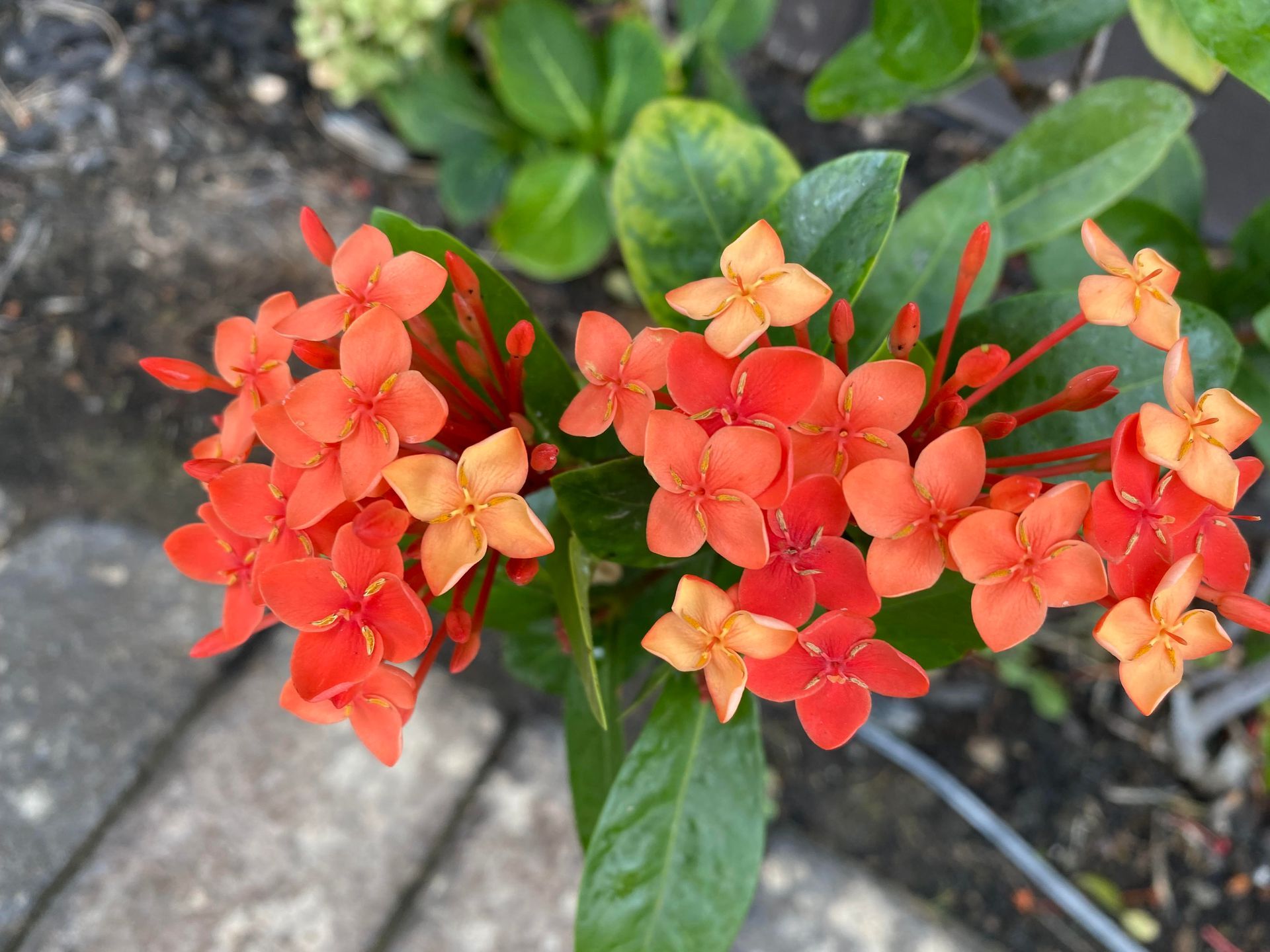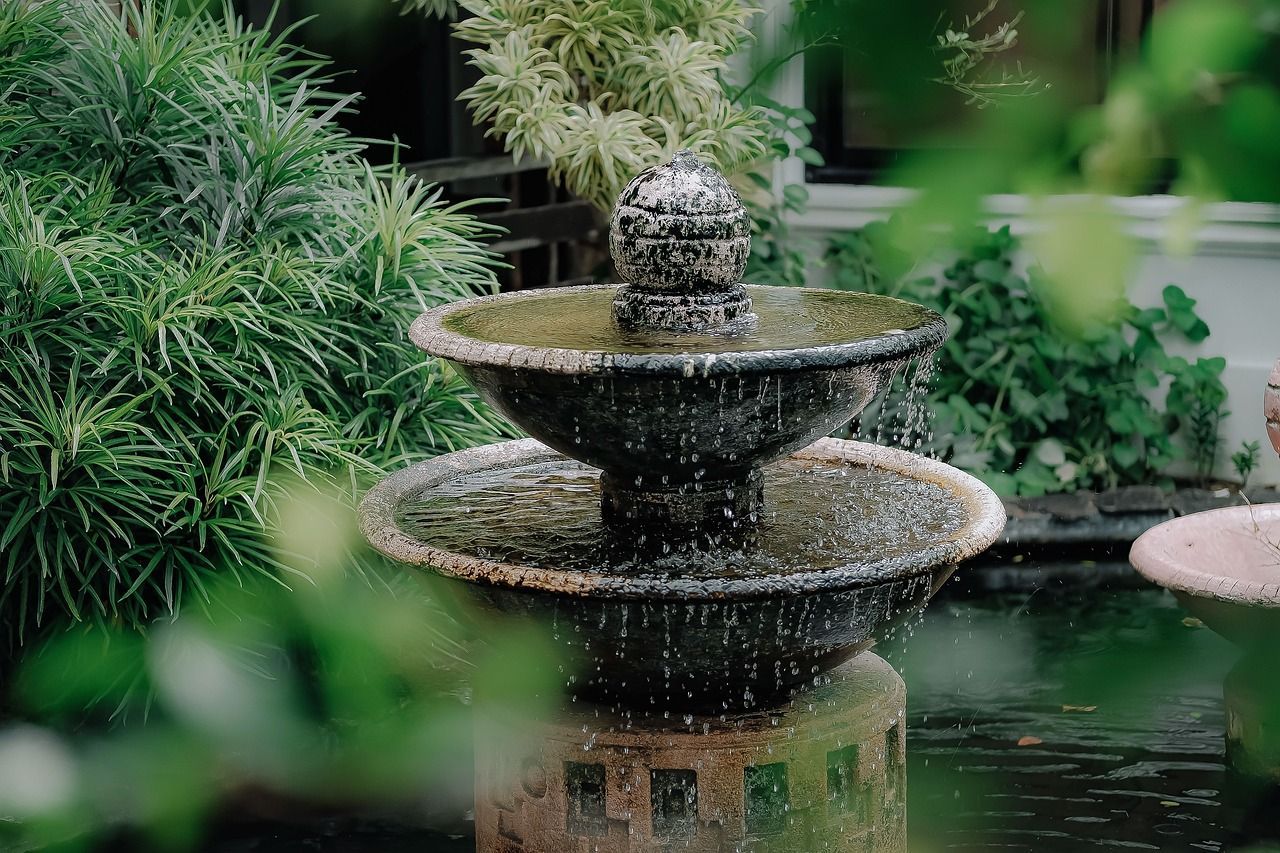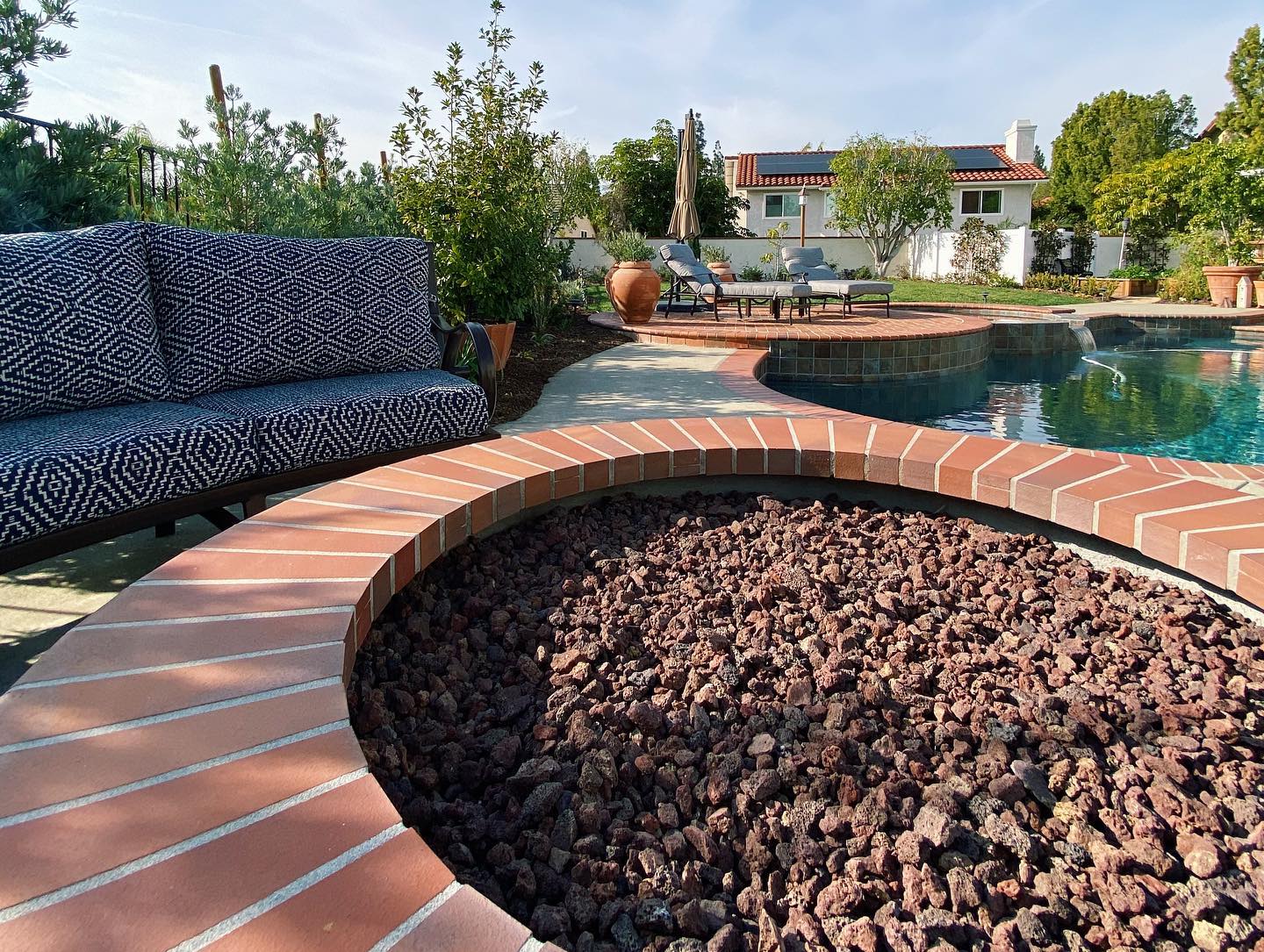Sustainable Gardening: 6 Eco-friendly Tips for a Greener Yard
Are your gardening efforts truly helping the environment? Or could they be unintentionally causing harm? Sustainable gardening protects natural resources. It also creates a beautiful landscape. With eco-friendly practices, you can build a low-maintenance yard. This approach benefits you and the planet. Here are six tips to help you start a more sustainable garden.
1. Conserve Water and Manage Runoff
Water is a precious resource. Responsible watering helps reduce waste.
● Garden Tips: Use drip irrigation or soaker hoses. These methods cut down on evaporation. Add mulch around plants. This keeps moisture in the soil. Consider using a rain barrel. You can collect water for reuse in the garden.
● Lawn Tips: Lawns only need about one inch of water each week. Use a rain gauge to track weekly rainfall. This helps prevent overwatering. Try using a low-angle spray nozzle. It reduces water loss from evaporation.
Myth: Watering lawns daily is necessary for a healthy yard.
Fact: Lawns need only one inch of water each week, depending on the weather.
2. Reduce Fossil Fuel Use in Your Yard
Switching to greener tools and practices can cut emissions. It also saves energy.
● Lawn Tips: Shrink the size of your lawn. Replace some areas with shrubs or drought-tolerant plants. Service your mower regularly. This keeps it efficient and reduces pollution. Try an electric or push mower. These are cleaner than gas-powered mowers.
● Garden Tips: Pull weeds by hand. This reduces the need for chemical sprays. If you need garden lighting, choose solar or LED options. Low-voltage lights are safer. They use less electricity and help reduce light pollution.
Myth: Electric mowers are less effective than gas mowers.
Fact: Modern electric mowers are highly efficient. They produce no direct emissions, making them eco-friendly.
3. Manage Yard and Garden “Waste” Responsibly
Garden “waste” is often a valuable resource.
● Lawn Tips: Leave grass clippings on the lawn. They decompose quickly. They return nutrients to the soil. Contrary to popular belief, clippings do not cause thatch.
● Garden Tips: Start a compost pile. Add leaves, plant trimmings, and vegetable scraps. These decompose into rich soil. Reuse plastic pots. If they are not reusable, recycle them. Electric chipper-shredders produce less pollution than gas models. They are a good choice for light garden work.
Myth: Grass clippings lead to thatch buildup.
Fact: Grass clippings break down quickly. They provide nutrients without causing thatch.
4. Make Thoughtful Plant Selections
Choosing the right plants saves water. It also reduces maintenance.
● Garden Tips: Choose drought-tolerant and native plants. These need less water and support local ecosystems. Plant a variety of species. This encourages beneficial insects and creates a balanced garden environment.
● Lawn Tips: Choose drought-tolerant grass. This grass needs less water and mowing. Avoid invasive plants. These plants can damage local ecosystems.
Myth: Any beautiful plant will thrive in any garden.
Fact: Plants suited to your climate need less water and care. They are also more sustainable.
5. Embrace Sustainable Garden Design
Good garden design reduces energy use. It also supports wildlife and helps manage stormwater.
● Garden Tips: Plant deciduous trees near your home. These provide shade in summer. They allow sunlight through in winter. Add rain gardens, swales, or rock dams. These help control stormwater and reduce runoff. Use FSC-certified wood for garden structures. This wood is responsibly sourced and sustainable.
● Lawn Tips: Reduce the size of your lawn. This cuts water use and maintenance needs. Support efforts to preserve native plant corridors. These corridors create habitats for local wildlife. They encourage biodiversity.
Myth: Sustainable garden design requires a lot of work.
Fact: Sustainable designs require less maintenance over time. They work with natural processes. They reduce resource use.
6. Practice Sustainable Plant Maintenance
A healthy garden does not need many chemicals or excessive watering. Sustainable maintenance creates a balanced ecosystem.
● Garden Tips: Tolerate minor insect damage. Most pests are temporary and rarely harm plants. Encourage beneficial insects, like ladybugs, which control pests naturally. Test your soil before adding fertilizers. Over-fertilizing can harm plants and pollute water.
● Lawn Tips: Tolerate some weeds. Avoid using herbicides. Do not overwater. Overwatering encourages disease. Follow a regular maintenance schedule. This keeps your lawn strong and healthy.
Myth: Any pests or weeds need immediate treatment.
Fact: Most pests and weeds pose minimal risk. Tolerating some reduces chemical use and helps beneficial species thrive.
Conclusion
Adopting sustainable practices conserves resources and creates a resilient landscape. Small changes like using rain barrels, composting, and choosing native plants can make a big difference.
Ready to transform your yard? Contact Land Mechanics, Inc., your trusted plant installation contractor in Corona Del Mar. Let’s work together to create a beautiful and eco-friendly outdoor space.
You might also like
8 Insights From The Leading Commercial Pool Contractor Services

Book a Service Today
We will get back to you as soon as possible
Please try again later
All Rights Reserved | Land Mechanics, Inc


